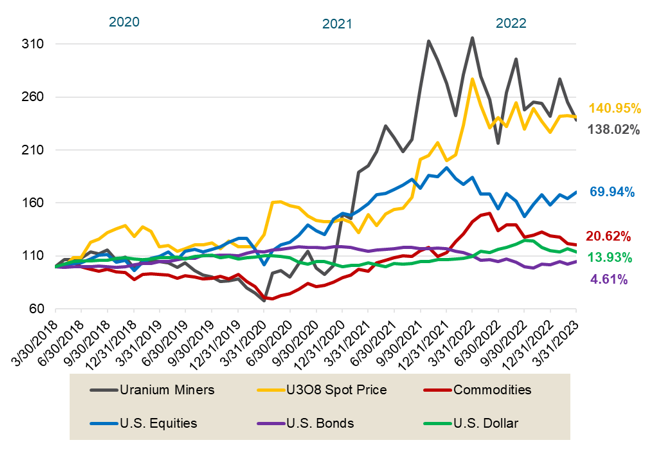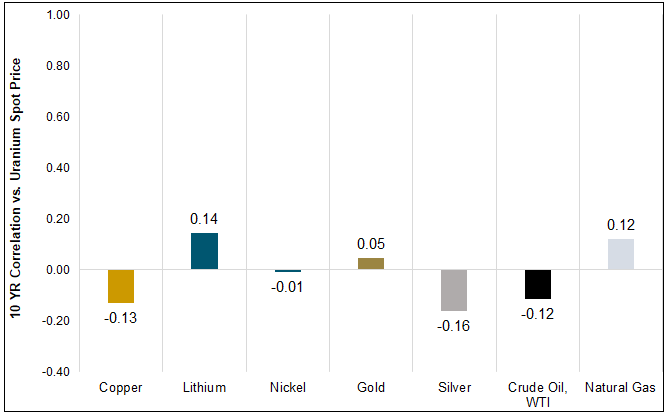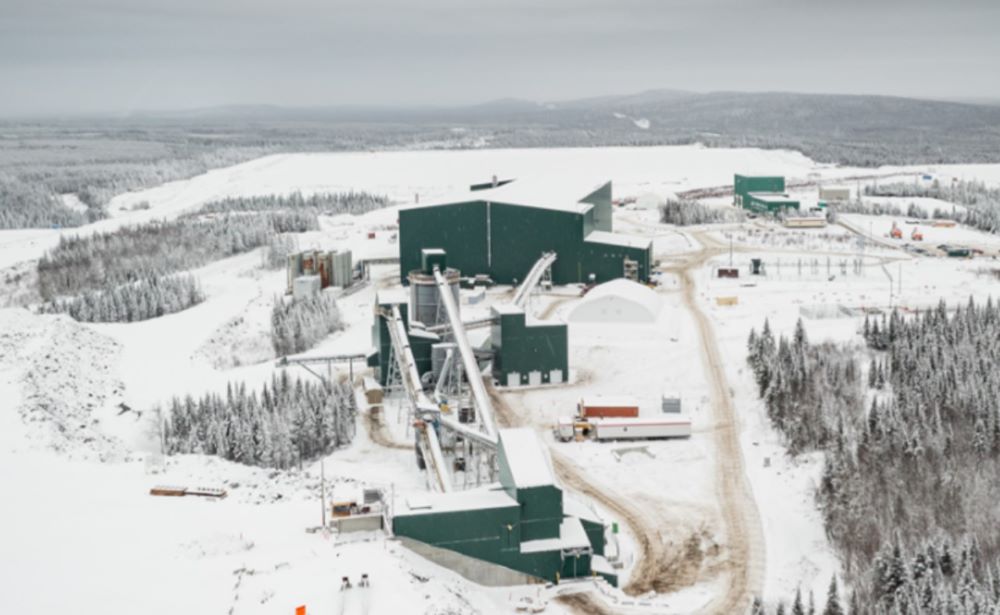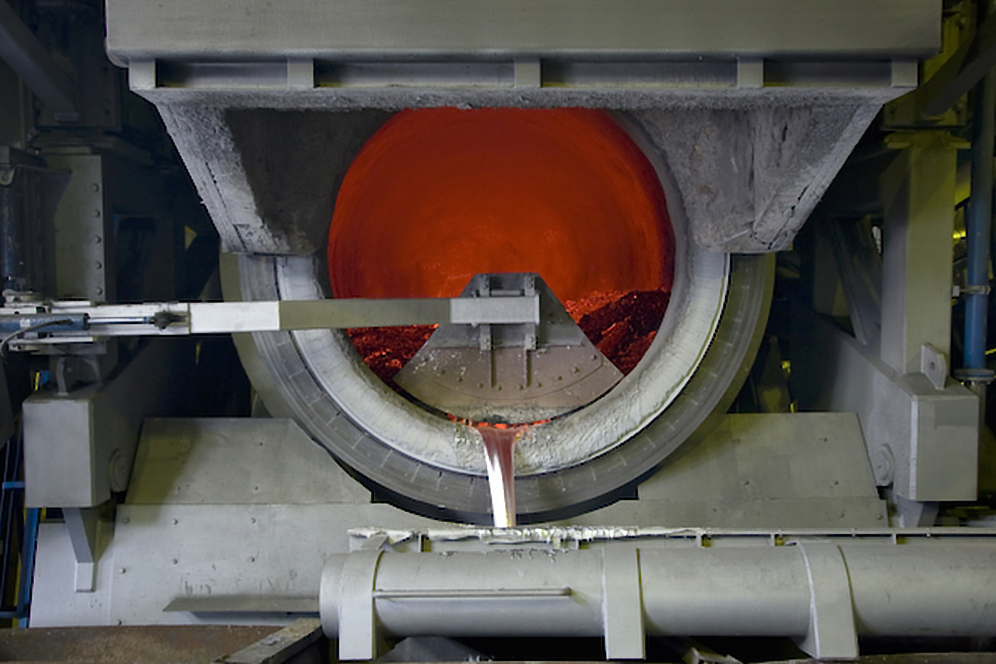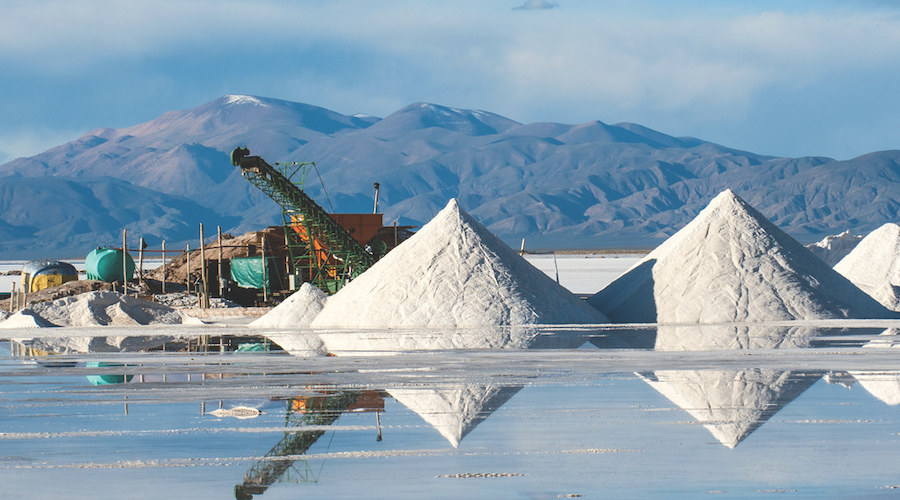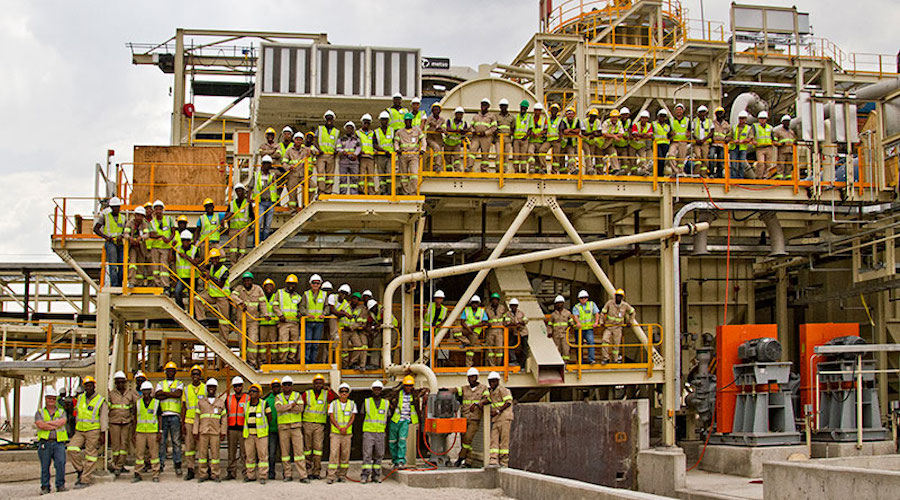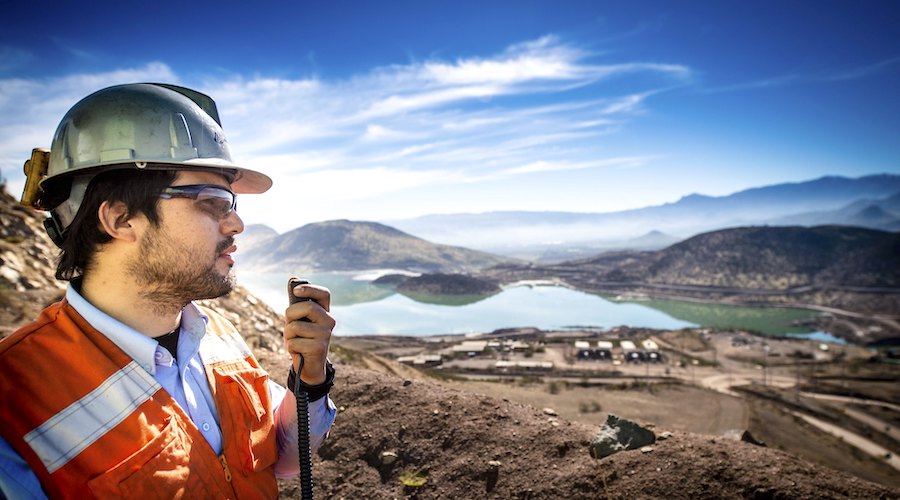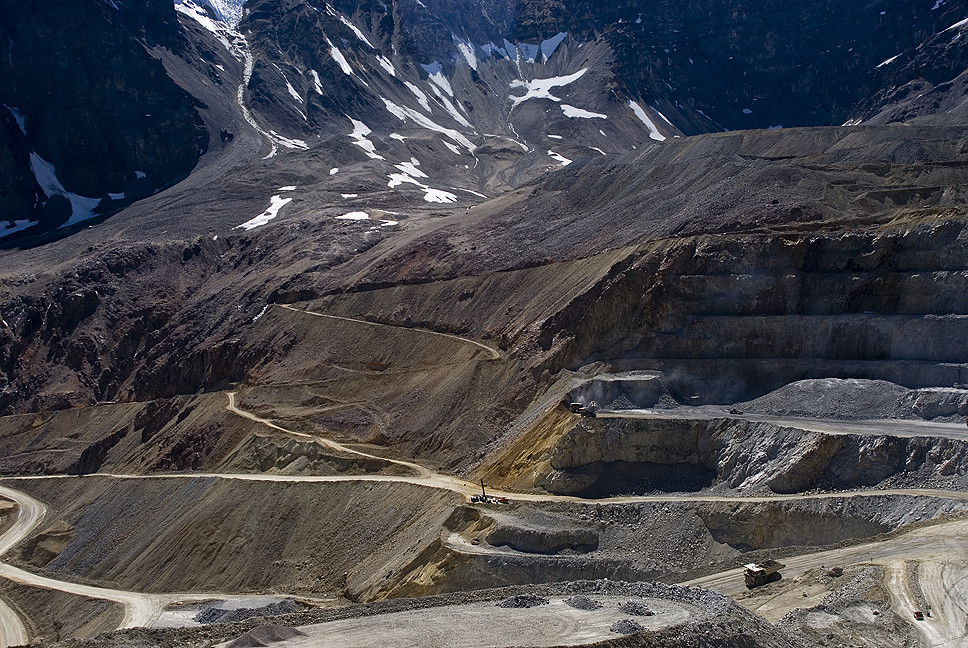Norwegian sovereign wealth fund to support Teck Resources plan to split business
STEELWORKERS LOCAL SUPPORTS SPLIT
The Canadian Press
Norway's sovereign wealth fund will vote to support Teck Resources Ltd.'s plan to split the company's metals and steelmaking coal businesses into two separate companies at a key shareholder meeting next week.
The decision comes as Teck works to secure support for its plan over an unsolicited takeover proposal by Swiss company Glencore, which is urging shareholders to reject the company's proposal in favour of its offer to acquire the company.
Glencore has said it cannot pursue its bid if Teck's plan to separate its businesses goes ahead since it would add significant complexity to the deal.
Norges Bank Investment Management, which manages Norway's Government Pension Fund Global, published its voting intentions as part of its routine disclosures on its website. It held a roughly 1.5 per cent stake in the Canadian mining company as of the end of 2022.
The United Steelworkers (USW), the union which represents over 4,000 Teck employees in B.C., has also come out in favour of Teck's planned split into Teck Metals and Elk Valley Resources.
In a statement on Thursday, USW District 3 director Scott Lunny said Teck supports the economies of numerous B.C. communities in which it operates, including Logan Lake, Sparwood, Elkford and Trail.
"Management has briefed the union on their plans and our union believes the plan to split into two, B.C.-based companies is in the best interest of our members at the metals operations and at the coal mines," Lunny said.
"This is a well-thought-out plan that will create two strong companies willing to work with us and British Columbians to become ESG leaders, provide stability and certainty for our members, provide ongoing benefits to Indigenous nations, and invest in B.C.”
Teck announced in February a proposal to split up its metals and steelmaking coal businesses into two companies, Teck Metals and Elk Valley Resources. The change requires approval by a two-thirds majority vote by the class A shareholders as well as approval by a two-thirds majority vote by the class B shareholders.
Teck shareholders will vote on the separation plan at a meeting on April 26.
This report by The Canadian Press was first published April 21, 2023.
Sumitomo Metals backs Teck’s split plan
Cecilia Jamasmie | April 20, 2023 |
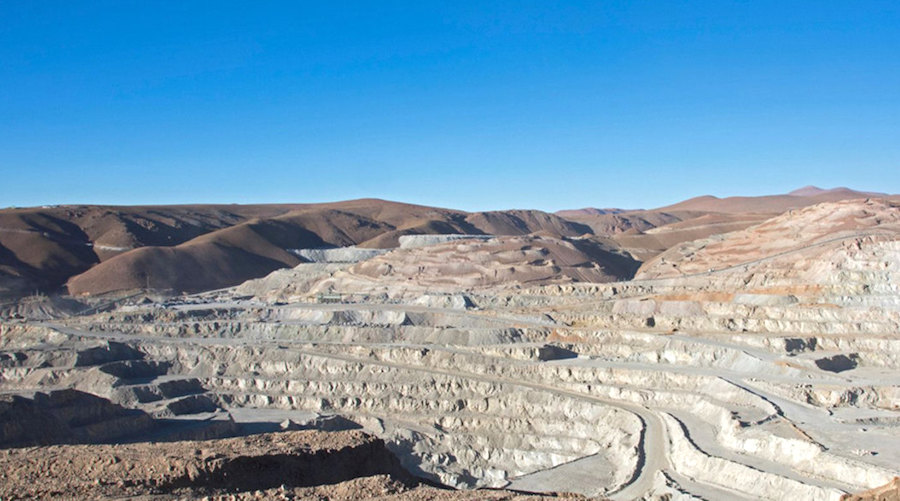
Teck owns 60% of Quebrada Blanca Phase 2 project and Sumitomo Metal Mining, together with Sumitomo Corporation, have a collective 30% interest. (Image courtesy of Teck Resources.)
Japan’s Sumitomo Metal Mining (SMM) confirmed on Thursday its support for Teck Resources’ (TSX: TECK.A, TECK.B) (NYSE: TECK) planned spinoff into two companies in the face of an alternative proposal from Glencore (LON: GLEN), which wants to buyout Canada’s largest diversified miner.

The company, one of Teck’s top shareholders, holds 18.9% of the Class A shares and 0.1% of the Class B shares of Teck. It also has a 49% stake in Temagami Mining, which itself holds 55% of Teck’s Class A shares.
The Vancouver-based mining giant operates under a dual-class structure, in which Class A shares are each worth 100 votes. Class B shares are worth one vote each.
SMM and Teck have a decades-long partnership in mining, including the joint development and construction of the Pogo gold mine in Alaska, and the Quebrada Blanca copper mine in Chile.

Teck is trying to get backing for its proposed restructuring ahead of a shareholder vote on the proposal on April 26. It wants to to split up its metal and steelmaking coal businesses into two companies, Teck Metals and Elk Valley Resources.
POSCO, both a customer and a JV partner with Teck on its Elkview and Greenhills operations, as well as China Steel Corporation, are among the shareholders that have backed the Canadian miner in the last 24 hours.
Glencore published on Wednesday an open letter to Teck shareholders, saying it was open to talk improvements to its proposal directly with Teck shareholders if the board continued to rebuff its offer.
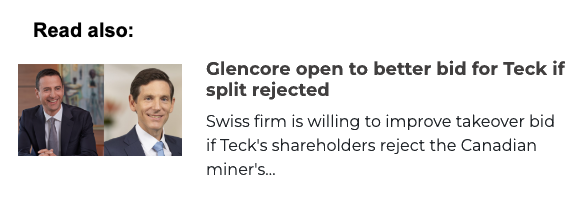
The Canadian company quickly replied by saying that Teck has previously engaged “extensively” with Glencore – for six months on “essentially the same proposal” – and repeatedly determined it is not in the best interest of its shareholders.
Glencore’s initial bid represented a 20% premium to Teck’s March 26 closing price, when it was privately made.
The Swiss miner and commodities trader has indicated it could raise its current $23 billion bid if shareholders vote against Teck’s plans next week.
Sumitomo Metal Mining Co. Ltd., a key shareholder at Teck Resources Ltd., says it will vote in favour of the company's plan to separate its metals and steelmaking coal operations into two companies.
Swiss company Glencore has proposed a takeover offer for Teck that would see shareholders receive a stake in a combined metals company as well as a choice of cash or shares in a company that would hold their merged coal assets.
However, Glencore has said Teck shareholders must first reject the company's plan to split its business into Teck Metals and Elk Valley Resources.
Teck, which has rejected the Glencore proposal, is controlled by the Keevil family, which owns the company's multi-voting class A shares together with Sumitomo.
Sumitomo holds 18.9 per cent of Teck's class A shares and 0.1 per cent of its class B shares. It also holds a 49 per cent interest in Temagami Mining Co. Ltd., which holds 55 per cent of Teckʼs class A shares.
This report by The Canadian Press was first published April, 20, 2023.
Letko Brosseau to vote in favour of Teck's plan to split company
, Bloomberg News
TECK RESOURCES LTD-CLS B (TECK/B:CT)
REAL-TIME QUOTE. Prices update every five seconds for TSX-listed stocks
Investment manager Letko Brosseau & Associates Inc. will vote in favour of Teck Resources Ltd.'s plan to split the company, saying it will ultimately offer more value for shareholders than a Glencore Plc takeover.
The unsolicited offer by the Swiss commodities giant dramatically undervalues Teck's metallurgical coal assets, Peter Letko, co-founder of the Montreal based firm, said in a Thursday interview.
Glencore originally offered to buy Teck for US$23 billion in shares, and earlier this month revised its proposal to give Teck shareholders an option to receive as much as US$8.2 billion in cash instead of stock in a spun-off coal company. Letko said the coal number is “extremely low.”
“I think ultimately this is going to be worth maybe twice what they're offering,” he said. “I don't think that we're in the ballpark. I doubt very much that we'd see a big improvement in their proposal.”
Representatives from Letko Brosseau have spoken to Teck and met Glencore, Letko said. The company has owned shares of the Vancouver-based miner for at least 20 years and currently holds about 3.6 million shares, he said.
Letko called Glencore “rather clever” for making a takeover attempt before other companies could put together offers. Teck's controlling shareholder, Norman Keevil, has signaled that he'd support a transaction with the “right partner, on the right terms” after the firm separates its metals business from its coal operations. Shareholder are expected to vote on the plan at an April 26 meeting.
“Given a little time, you'll see broader interest and a real competitive bidding for these assets,” Letko said. “And that's the way I think we're going to get the best price.”
Trudeau team ‘closely’ watching Glencore’s
bid to swallow Teck
Bloomberg News | April 18, 2023 |
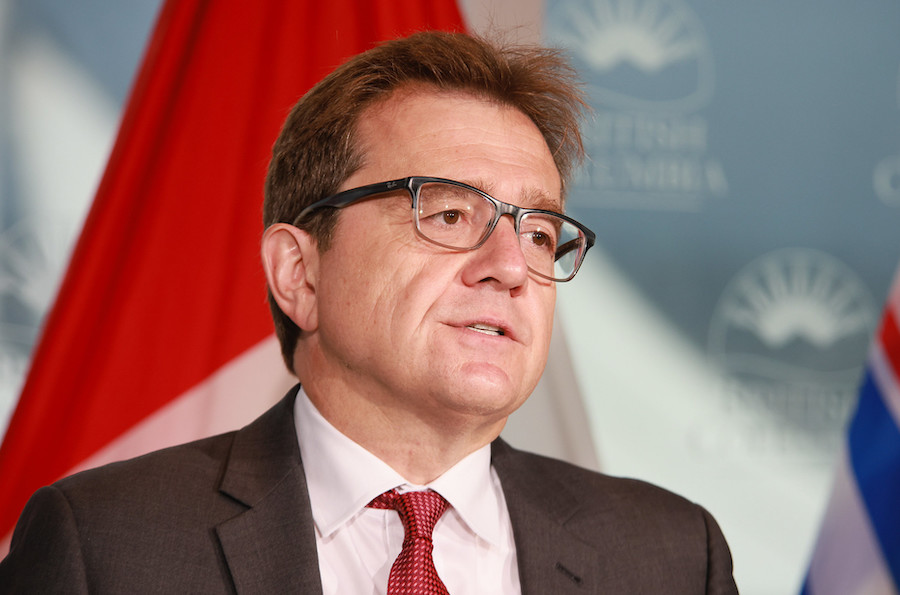
Canada’s Minister of Natural Resources Jonathan Wilkinson.
One of Justin Trudeau’s senior cabinet ministers said the Canadian government is monitoring Glencore Plc’s attempted takeover of Teck Resources Ltd., pointing out that the country benefits from having the headquarters of major companies.

“We are following it very closely,” Natural Resources Minister Jonathan Wilkinson said Monday in a phone interview. But he added that his cabinet colleagues won’t pre-judge the “commercial conversations” that are taking place.
Wilkinson said Teck is an important player in Canada’s mining sector not just because of critical minerals projects, but also as a contributor to the economy of his home province of British Columbia, including its coal business.
Teck is racing to secure investor support for its plan to separate its coal and metals assets — on which shareholders are scheduled to vote next week — while fending off an unsolicited $23 billion takeover offer from Swiss commodities giant Glencore for the whole company.
Wilkinson said it’s a “positive thing for Canada” to have major companies headquartered locally.
“We are a country that would love to have more corporate offices in this country that actually drive research and development spending,” he said. “And so obviously we are watching this with great interest and certainly having conversations.”
But the minister stressed that he won’t jump ahead of talks between the commercial players, or any potential deal review that would be overseen by his cabinet colleague, Industry Minister François-Philippe Champagne.
Teck shares rose to a record close of C$65.15 in Toronto on Monday after controlling shareholder Norman Keevil said the company is willing to consider deals after it’s finished spinning off the coal business.
Canada’s investment law gives the government some latitude to block foreign takeovers of large companies, though the power has not been used frequently. After allowing a string of mega-takeovers in the mining and metals sector in the early 2000s, the government in 2010 blocked BHP Group’s proposed takeover of Potash Corp. of Saskatchewan.
Last year, Trudeau’s government ordered Chinese firms to divest of three junior lithium miners and promised tougher rules for investment in the critical minerals sector.
(By Brian Platt)

